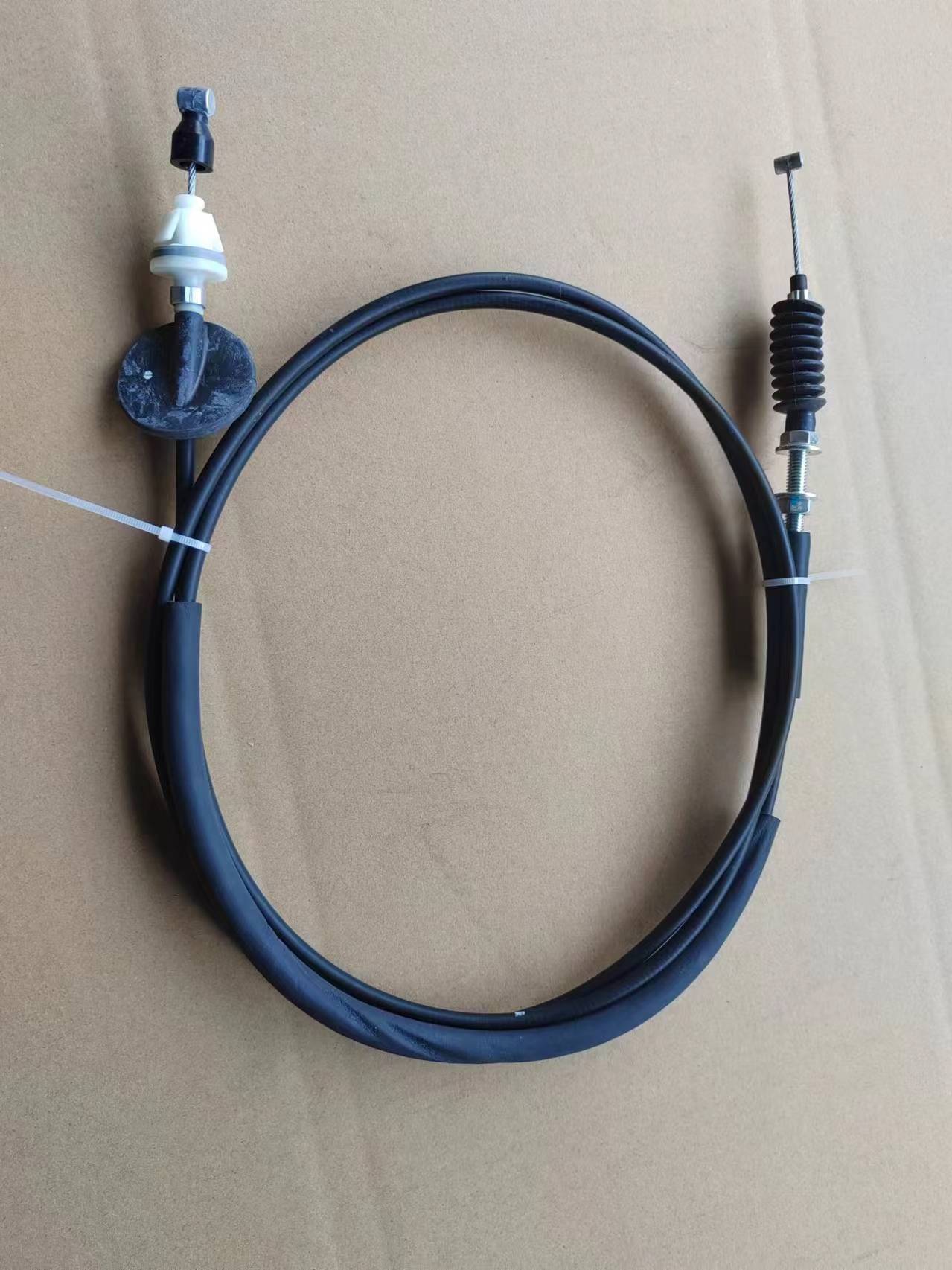throttle control cable
Understanding Throttle Control Cable Importance and Functionality
The throttle control cable is an essential component in many types of vehicles, including cars, motorcycles, and even boats. It plays a critical role in regulating the engine's power output and, consequently, the vehicle's speed. This article delves into the aspects of throttle control cables, their significance, functionality, maintenance, and the potential issues that can arise with them.
What is a Throttle Control Cable?
A throttle control cable is a flexible wire that connects the accelerator pedal to the engine's throttle body. When the driver presses the accelerator pedal, the cable transmits this command to the throttle body, which opens or closes the throttle valve. This action allows more or less air and fuel into the engine, controlling its power output. In simpler terms, the throttle control cable acts as the communication link between the driver's foot and the vehicle's engine performance.
Importance of the Throttle Control Cable
The throttle control cable is vital because it directly influences a vehicle's responsiveness and efficiency. A properly functioning throttle cable ensures that the driver has the desired control over the vehicle, making it easier to accelerate, decelerate, and maintain a steady speed. With a malfunctioning cable, drivers may experience erratic acceleration, a lag in response time, or even a complete inability to control speed, leading to potentially dangerous situations.
Additionally, with the growing focus on environmental sustainability, a well-maintained throttle control cable contributes to fuel efficiency. An engine that receives accurate inputs based on the driver's throttle position will operate more effectively, resulting in lower fuel consumption and reduced emissions.
Functionality of the Throttle Control Cable
The operation of the throttle control cable is relatively straightforward. The accelerator pedal is connected to a lever that pulls the cable when pressed. The amount of cable pulled corresponds to how far the pedal is depressed, and this movement is transferred to the throttle body. In modern vehicles, especially those with electronic throttle control (ETC), this system is more complicated, as sensors and electronic signals replace the traditional mechanical cable. However, the fundamental principle of regulating engine output based on driver input remains the same.
throttle control cable

Maintenance of the Throttle Control Cable
Regular maintenance of the throttle control cable is crucial for optimal performance. Drivers should periodically check the cable for signs of wear, fraying, or damage. Keeping the cable lubricated can also reduce friction and prolong its lifespan. If a driver notices any irregular behavior, such as sticking or delayed response when pressing the accelerator, it’s important to have the cable inspected immediately.
In some cases, a simple adjustment may be required to ensure proper tension. However, if the cable is worn out or damaged, it should be replaced promptly to restore normal functionality.
Common Issues and Solutions
There are several common issues related to throttle control cables, including binding, fraying, and breakage. Binding occurs when the cable gets stuck due to dirt or debris, which can lead to erratic throttle response. Regular cleaning and lubrication can help prevent this issue.
Fraying is another concern, as a frayed cable can lead to a complete failure. If this occurs, the only solution is to replace the cable. Breakage, while less common, does happen and can be dangerous, as it may leave the driver unable to control the vehicle's speed adequately.
Conclusion
The throttle control cable may seem like a minor component in the grand scheme of a vehicle's operation, but its importance cannot be overstated. It is the lifeline between the driver’s intentions and the engine’s response. Regular maintenance, prompt attention to issues, and understanding its function can help ensure a safe and enjoyable driving experience. Whether you’re a car enthusiast or an everyday driver, taking care of your throttle control cable is a vital step in maintaining your vehicle’s performance and reliability.
-
Workings of Clutch Pipe and Hose SystemsNewsJun.04,2025
-
The Inner Workings of Hand Brake Cable SystemsNewsJun.04,2025
-
The Secrets of Throttle and Accelerator CablesNewsJun.04,2025
-
The Hidden Lifeline of Your Transmission Gear Shift CablesNewsJun.04,2025
-
Demystifying Gear Cables and Shift LinkagesNewsJun.04,2025
-
Decoding Clutch Line Systems A Comprehensive GuideNewsJun.04,2025
